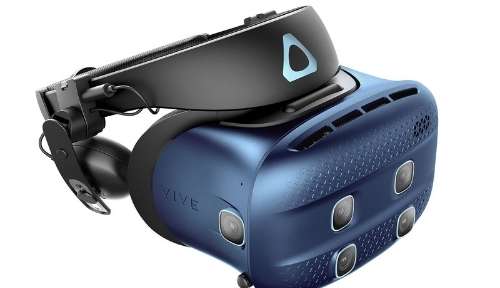
Post-traumatic Stress Disorder is a psychological condition that results from exposure to extreme trauma. Those who suffer from the disorder experience severe feelings of anxiety and can be haunted by intrusive flashbacks and other disturbances. While anyone can develop PTSD, it is relatively common amongst military personnel who have experienced combat. This is why the condition was originally referred to as “shell shock”, since it was often observed after soldiers were exposed to battle.
While major progress has been made in the treatment of PTSD over the decades, there can never be enough tools combat the potentially life-destroying consequences it brings. Now we can add virtual reality to the list of treatments for PTSD, according to a report by the BBC.
Cracking the Tough Cases
VR has a long history as a form of psychological treatment. Since the early 90s it has been used by cognitive-behavioural therapists as a way to treat phobias, such as arachnophobia and the fear of flying, in a safe and controlled environment. Using a method known as “exposure therapy”. This form of therapy also works for various anxiety disorders, including PTSD.
This new therapy, referred to as 3MDR (modular motion-assisted memory desensitization and reconsolidation) is showing promise as a method to tackle especially resistant cases of PTSD. It’s still in the early phases of development and the researchers are looking for veteran candidates for whom other forms of PTSD have not worked.
The treatment is specific to combat-related trauma and involves walking on a treadmill while being exposed to the treatment via VR. So far, two-thirds of resistant PTSD candidates have shown a significant reduction in symptoms. Apart from the UK, trials are also happening in the Netherlands, Israel and the US.







